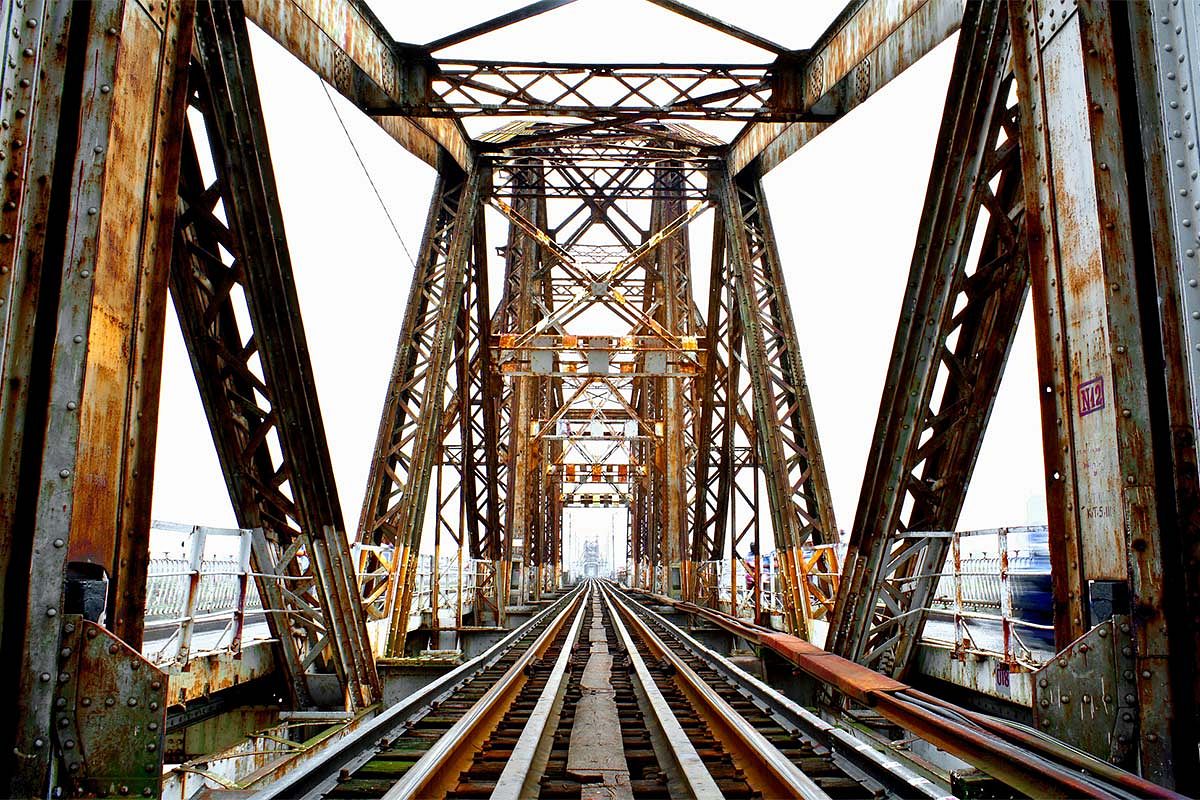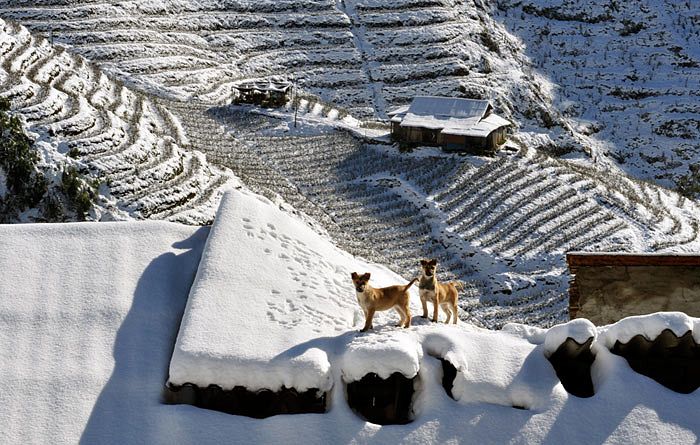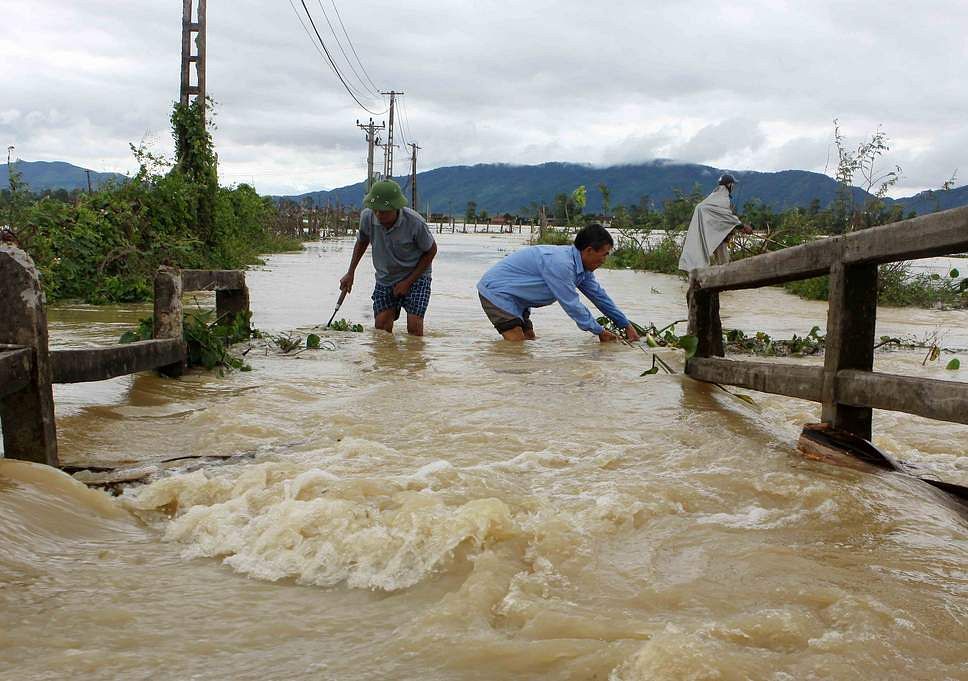Hanoi’s streets are still subject to severe flooding despite the completion a US$550 million drainage system.
Since as far back as 1994, Hanoi has been planning solutions to its inefficient drainage system. In 2000, the Hanoi People’s Committee finally approved a water drainage project for the area between the To Lich and Nhue rivers.
The project finally reached completion in 2016, but was originally supposed to wrap up in 2005. Delayed by more than 10 years, the new drainage system is facing its first rainy season, and so far it isn’t holding up as well as the city’s residents and planners had hoped.
In May of this year, which was only the beginning of the rainy season, some of Hanoi’s streets had already seen accumulations of 50 to 80 centimeters of water during storms.
Pham Si Liem, deputy chair of the Vietnam Construction Federation and former deputy minister of construction, told VietnamNet: “Hanoi designs the water drainage system with one hand and destroys the system with the other hand with unreasonable programming of construction works.”
A large contributing factor to this flooding is the reduction of rice fields, marshland, lakes and ponds in favor of urban development projects. Pham Ngoc Dang, chairman of the Urban Environmental Association, shared with VnExpress that the flooding is not due to Hanoi’s altitude, which is 3.5 – 9 meters above sea level, but urban sprawl above a grid of small, outdated pipes.
To make matters worse, a May press release stated that this year, three or four typhoons would likely affect the area, especially in the latter half of the rainy season, and that total rainfall for the season would be 1,300 – 1,500 millimeters.
Director of the Hanoi Sewage and Drainage Company, Vu Tien Hung, attributed the flooding to 17 traffic projects and waste gathering sites near the drainage systems.
DTI quotes Hung saying that the city’s drainage system is able to handle about 50 millimeters of rain every two hours, but beyond that, much of the capital will be inundated with rainwater. Currently, 18 parts of town are at risk of heavy flooding, and another seven neighborhoods along the Nhue River are also under threat.
The outdated sewer system is a relic of French colonial times that also caused an outbreak of bubonic plague decades ago.
[Photo via ODT]














